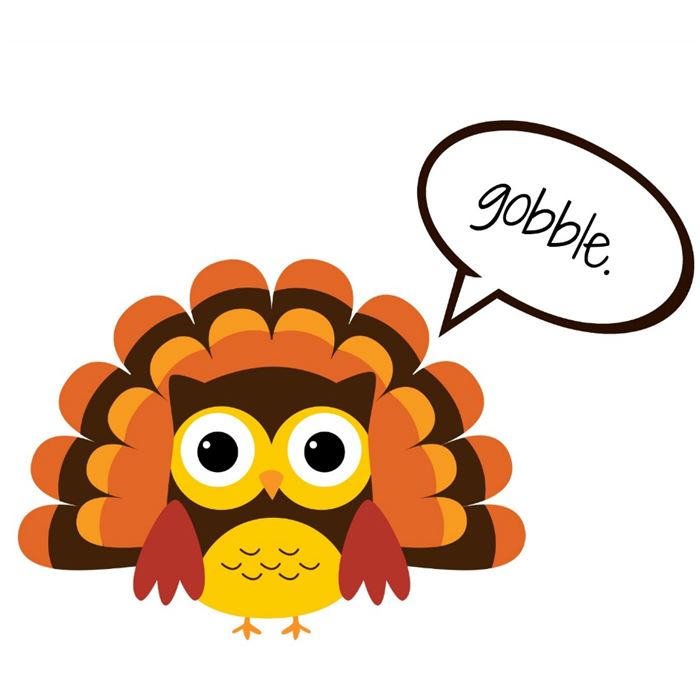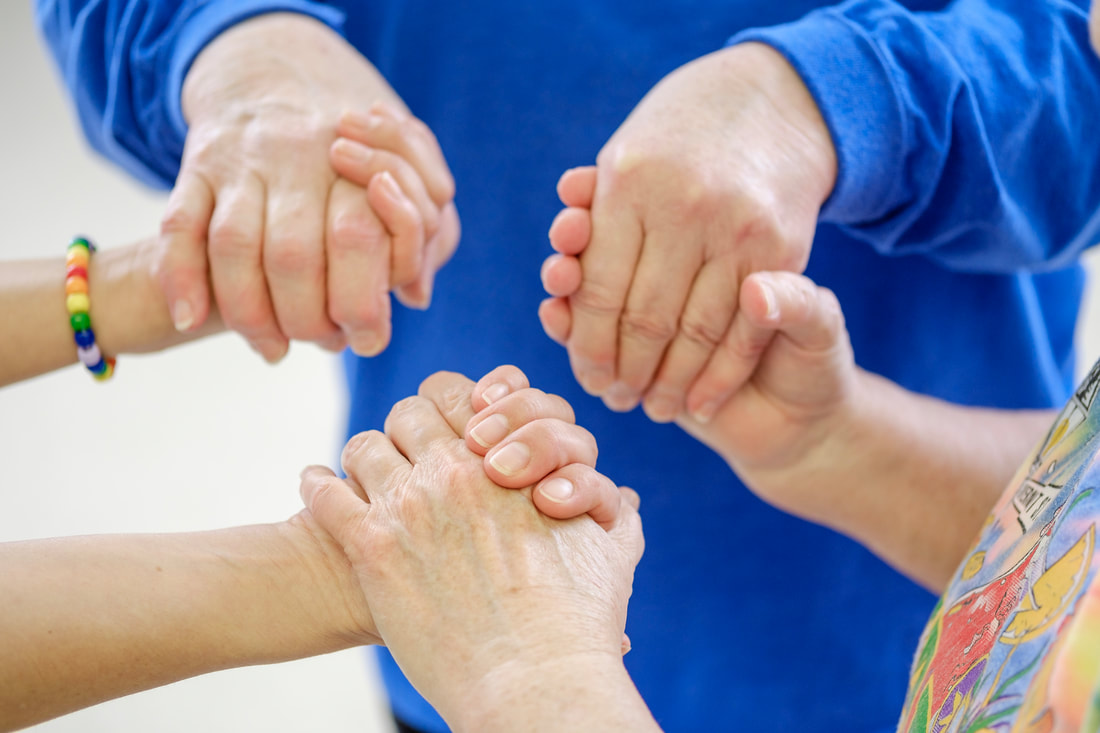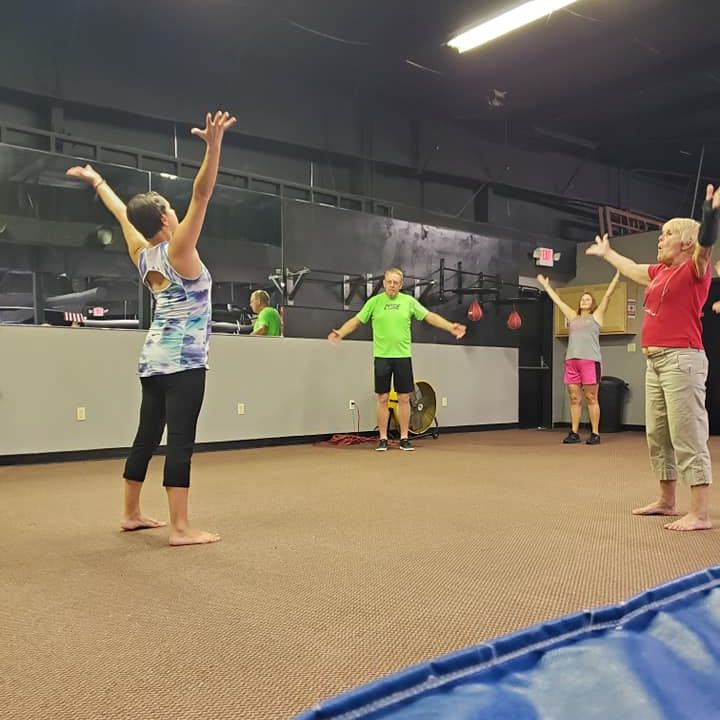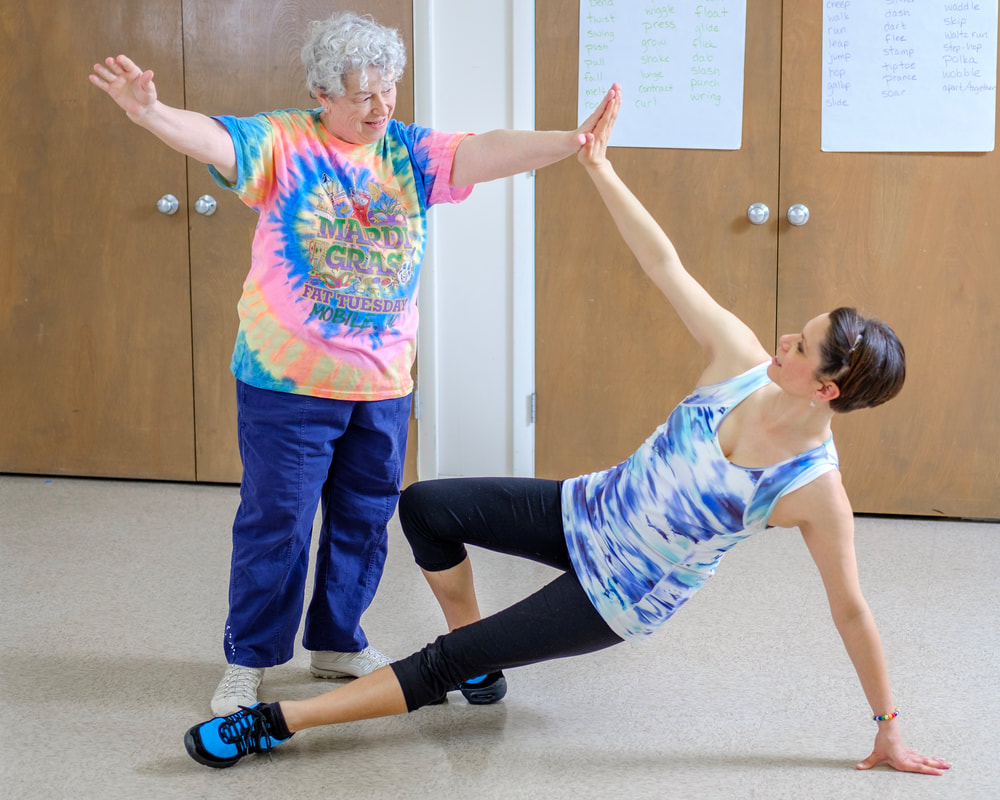|
11/2/2020 0 Comments Parkinson Support Center of Kentuckiana to join Norton Neuroscience Institute Resource CenterA Message from Erika Branch:
In an effort to provide continual innovation in the support of patients with Parkinson’s disease, the Parkinson Support Center of Kentuckiana (PSCKY) has worked over the past two years to determine opportunities and identify the best community partner to maximize resources and offer sustainability for existing programs. As a result, in September 2020, the PSCKY officially joined forces with the Norton Neuroscience Institute Resource Center. Click here for the full press release. Here are a few key points from our partnership:
I genuinely appreciate everyone who has supported the Parkinson Support Center throughout our organization's history. For the first time we are able to say that 100% of funding contributed to the Parkinson's Support Fund will directly support programs (NO OVERHEAD)!!! I commend Norton's for their willingness to adopt our grassroots model of service and for the acceptance of service to patients no matter the hospital affiliation. I look forward to continuing my service to the Parkinson's community and sincerely feel that the possibilities are limitless with the additional resources that are provided through this partnership! Sincerely, Erika Branch Everyone at every age and with all levels of experience (or none at all) is invited to experience the joy that comes from dancing in a Dance Wise for Parkinson's class!
Think about how you begin to learn any new skill. It takes time, repetition and a clear vocabulary that informs the “how” while a skilled instructor demonstrates and guides. This holds true for dancers starting out at any age and level of mobility or coordination. With an open mind, a few bobbles, and loads of joyful explorations to expand the mind and body, within a few classes, a studio full of dancers emerges! Just imagine a beginning piano student attempting to create a complete piano piece without first acquiring a working knowledge of notes, harmony, and rhythm. Or a computer programmer attempting to write instructions that a computer will understand without a thorough understanding of the language of code. Although dance is the most natural form of expression for humans (it was your first mode of human communication as an infant!), learning and becoming a comfortable and confident creative dancer takes a little time, novel repetition of guided dance explorations, a structured learning environment, and a vocabulary upon which the steps and skills are built.
Challenging your body to move in and through the three levels supports your balancing system by strengthening and stretching muscles. For example, dancing down low with the knees bent and in a squatting position, strengthens the large muscles in your legs and core. Dancing up at a high level - even up on tip-toe - strengthens the lower leg muscles of the calves and feet and it also keeps the core engaged. Twisting and bending at your middle level lengthens and strengthens the muscles in the back that support the spine. Keeping your middle body supple helps you adapt during weight changes and to maintain your balance when transferring from one leg to the other. Moving through the different levels also engages your eyesight, helping you stabilize based on the visual information coming in through your eyes.
Want to experience for yourself how dancing your body through the different levels impacts your balance in just one hour-long class? Why not dive right in and give Dance Wise for Parkinson’s a try! |
AuthorElena Diehl is a dancer, dance educator, and dance enthusiast sharing her passion with you in the studio every week! Stop by the blog to get a sneak peek into each week's dance concept. Archives
November 2021
Categories |





 RSS Feed
RSS Feed